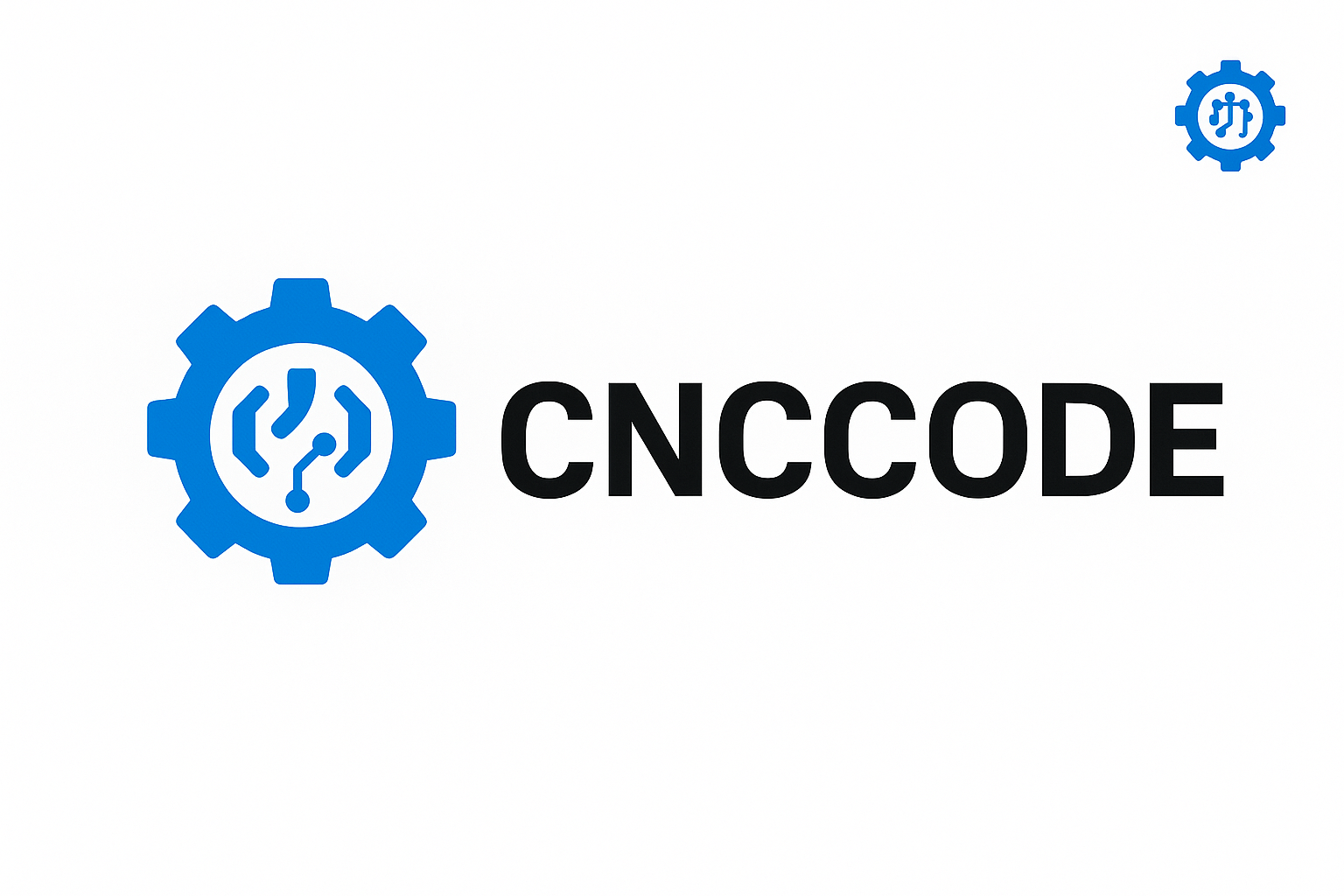A CNC (Computer Numerical Control) machine transforms digital designs into physical parts through automated control. The basic components and their roles are:
-
Controller: The “brain” that runs the CNC. It reads G-code instructions and sends precise movement commands to the motors. Controllers can be built-in PCs running Mach3/LinuxCNC software, dedicated motion controllers, or microcontroller boards (like GRBL on Arduino).
-
Motors and drive system: Stepper or servo motors drive each axis (usually X, Y, Z; sometimes A/B/C rotary axes). These motors connect to ball screws or lead screws that convert rotation into linear motion. The drive system moves the cutting tool and workpiece with high precision.
-
Frame and structure: A rigid frame (made from metal or heavy plastic composites) holds all parts in precise alignment. Robust construction minimizes vibrations and deflections. Common frames include welded steel or aluminum extrusions for DIY machines, and heavy cast iron or steel for industrial mills and lathes.
-
Cutting tool (spindle): The spindle (or router) holds and rotates the cutting bit. Spindles can be powered by motors or by external drive motors. Their speed (RPM) and torque determine how the material is removed. Many CNCs allow changing spindles or routers for different applications.
-
Workholding (fixture/table): The part is secured to a table using clamps, vises, jigs, or vacuum. A stable fixture prevents movement during cutting, which is essential for accuracy. Some CNCs have T-slot tables or grid patterns to simplify clamping.
-
Software workflow: A typical job begins with CAD (designing the part), then CAM (generating toolpaths and G-code), and finally controller software (sending code to the machine). The operator inputs the work coordinates (work offset) and starts the program.
-
Feedback and sensors: Limit switches, encoders, or probes provide feedback to the controller. For example, limit switches detect the axis home position, while encoders (in closed-loop systems) ensure the motor turned the correct amount. Touch probes can measure part features mid-process.
In summary, a CNC machine integrates precise mechanical motion with digital control. The controller and software translate a virtual model into coordinated movements of motors and tools. Understanding each component – from the sturdy frame to the drive electronics – is essential for diagnosing issues and optimizing performance.
